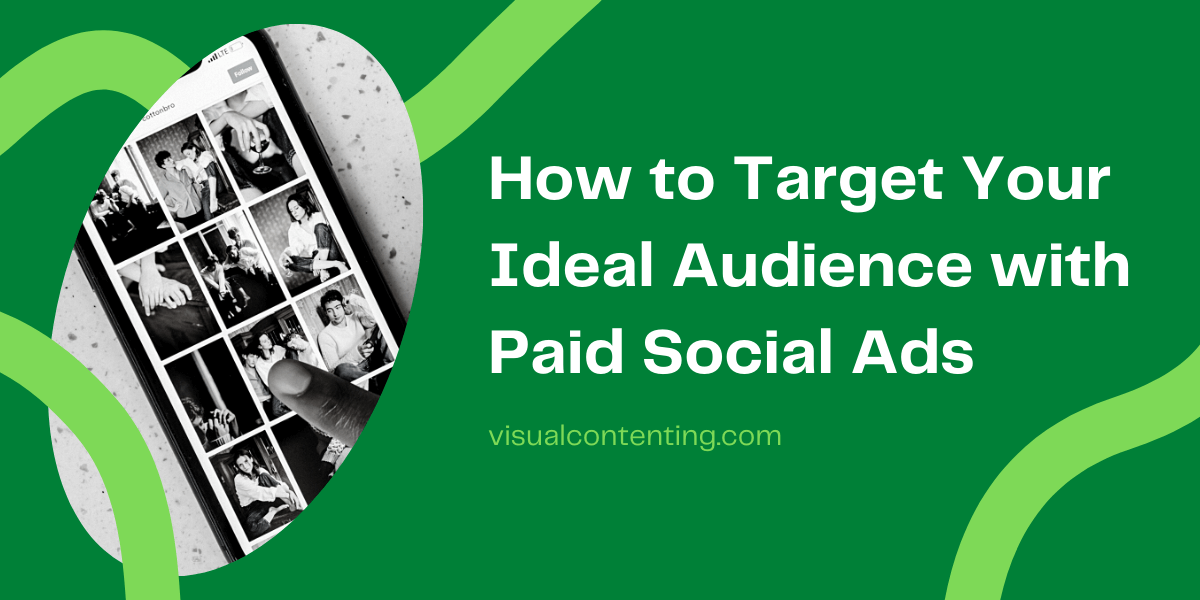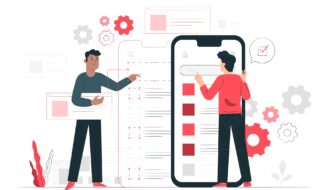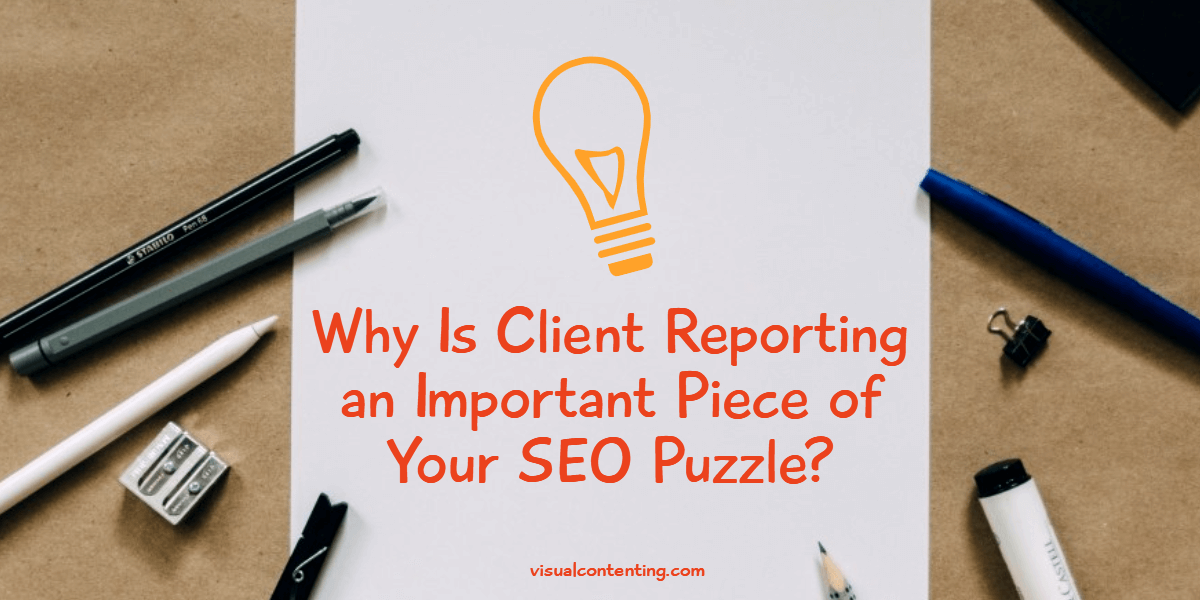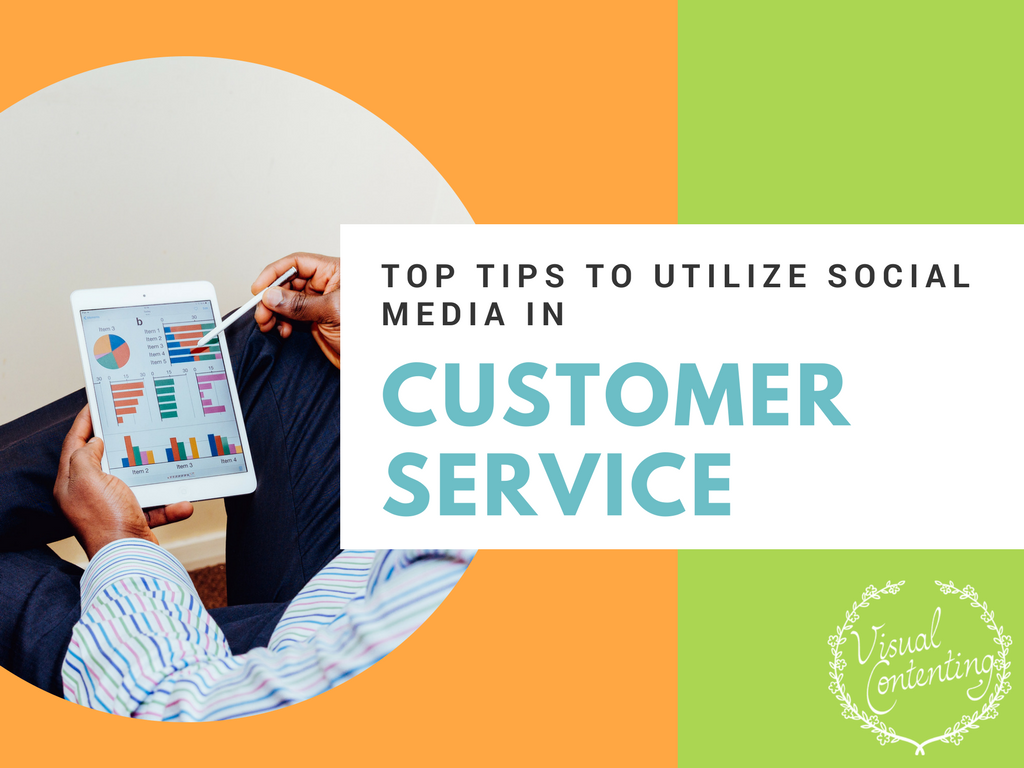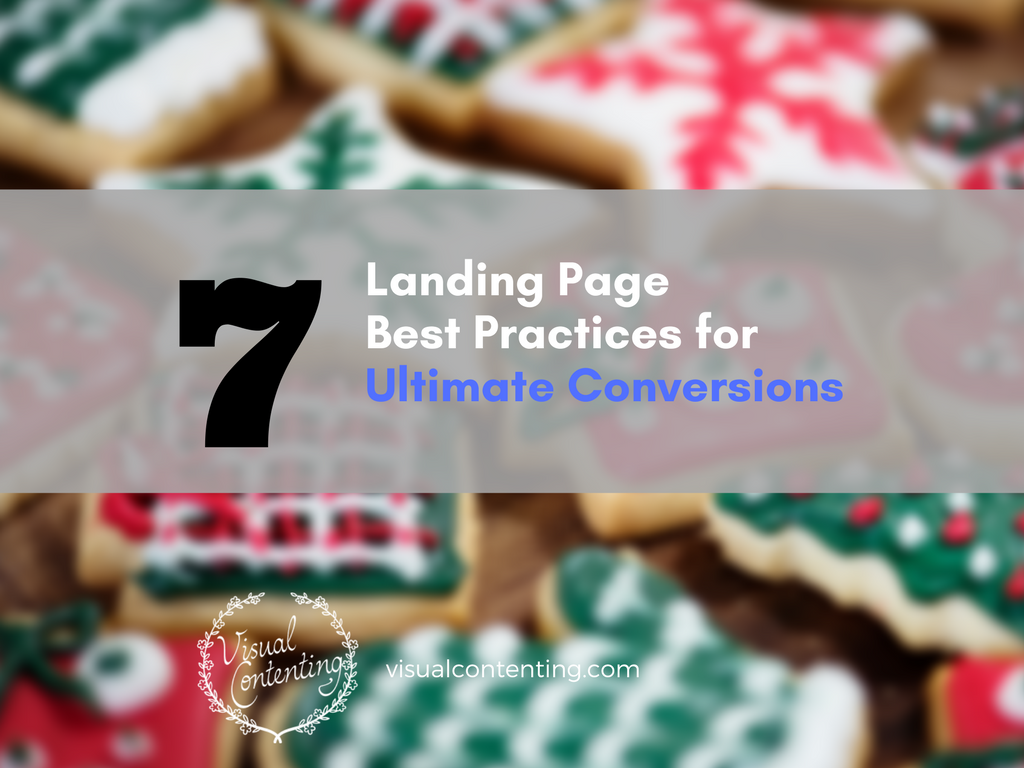Paid social ads have changed the face of social media marketing. You can now reach niche audiences with laser-like precision and get much better results from your advertising through social media platforms.
And while the best way to achieve this granular targeting is by working with an experienced social media advertising agency, you don't have to be an expert to acknowledge that reaching your ideal audience is more critical than ever. Especially now that social media channels have begun to curb organic reach.
Since social media ads are an absolute necessity for any brand that wants to make an impact and remain competitive, we have created a guide to help you reach your target audience with paid social ads.
What is the importance of knowing your niche?
A niche is both large enough to be profitable and small enough so that you can effectively market to them through direct marketing, partnerships and other tactics.
Let's look at a magazine, for example. It would be hard for them to target everyone. So instead, they choose to target a specific group of people not just for the sake of being different but so they will make money. The magazine can speak directly to their audience and know they will resonate because they have identified their niche.
So whatever the magazine asks their audience to do, even if it's just engaging, they know their efforts will be rewarded; because they have taken the time to carve out their niche audience and target their content directly to these people.
Today, every business needs to find ways to compete by creating a brand that stands out. And identifying your niche can help you develop a customer-centric brand strategy for your company.
How can you target your paid social ads?
There are dozens of different targeting options on social media platforms, including those based on age, gender, interest and geo-location. They will all help you get your message across to a specific group. Since this process can help increase the overall performance of your campaigns, it is essential to choose your targeting options wisely.
As a business, you can target your paid social ads based on the following:
Geography
Geographic targeting is one of the most powerful ways to focus your ads. You can customize the locations you want your ads to appear in and avoid servers you don't need to target.
And although you might want to reach more people in the shortest time, as experts, we would advise that you tighten up your campaign to be more local than national.
The more you narrow down your geography, the more measurable your campaign will be. It will also allow you to increase brand awareness in specific regions.
Psychology
Real customers have real emotions. They follow predictable decision-making processes when faced with carefully-positioned psychological triggers.
Think about it: Do you like email spam?
Obviously, not. But have you wondered why? It is because they aren't personalized, so they don't trigger a response in your mind.
Unlike most of the spam you get in your inbox that's claiming to be the next big thing, psychology-based targeting uses a logical set of tactics to connect with your audience on social media and increase your conversion rates.
Everything from the color of your ad to the key terms you highlight in your paid social ads ought to speak to your target audience directly for them to show significant results.
Demography
Demographic targeting can help you find potential customers that match your ideal customer profile. But when you think of demographics, most people tend to think of age and gender.
But you can also consider other factors of your target segment, such as: net worth, income, family, marital status, religion, where they live (zip code), whether or not they own a house, and if they are the decision-makers in their family.
Behavior
Consumer behavior is based on how individuals and groups choose, buy, use and dispose of products, services or ideas.
It is essential for any marketing strategy and a significant part of getting to know your target audience. By analyzing consumer behavior, you can understand the needs, attitudes, and motivations of the people you reach.
Know your product to know your buyers
Many businesses fail because they do not know what their product is. If you struggle to find a market for your product, you need to go back to the beginning. Everett M Rogers presented a social system for audiences of recent innovation, and these audiences vary throughout the course of the product-life cycle.
The chances are, your audience is one of the following:
Innovators
Innovators are people who like to try new things right after they hear about them. Such buyers are typically well-read about products and tend to be trendsetters. If you think your product has never been done before, this is the segment you need to target with your paid social ads.
Adopters
Adopters are usually the people at the forefront of something, and they help others know about it. They not only try your offerings but adopt them into their lives.
Adopters make up a small percentage of the population, but they are the ones that give you feedback, diagnose problems and make suggestions for improvement. So, when you need to validate your products, this segment is for you.
Early majority
The early majority tends to be somewhat opinionated and adopt innovations after becoming more widely known and accepted in the mainstream.
Such individuals need to be sure that there are credible benefits from using your new products/services. They need to feel comfortable that they have been tried and tested by others and justify their purchase or use.
When you need to spread the word about your offerings after they have been validated by experts and influencers, this is the group that deserves your attention.
Late majority
The late majority consists of skeptical, pragmatic individuals who wait until the new innovation becomes old and the early adopters have moved on to the next big thing. They don't buy a product unless the prices are slashed, and the offering becomes a norm.
You can target the late majority with paid social ads when you run discounts on the already established set of products and services.
Laggards
These are the people who are pretty set in their current patterns and not looking to consume more of your product. They are the most challenging buyers to convince and have the lowest spending potential. Also known as excessive traditionalists, this audience doesn't buy your products or services unless they genuinely have to out of necessity.
If you want to extend your product's life cycle and keep it in circulation for longer, this is the group you need to focus on.
Learn more about the buyer's journey
The buyer's journey describes the process that consumers go through while interacting with your product. It is not just the process of potential customers looking for a solution to their problem but rather how they interact with your brand. The buyer's journey refers to the overall experience a consumer goes through when researching and making a purchase.
Identifying your buyer's journey can help you figure out how you can most effectively communicate with your customers, personalize your message, and target the right prospects.
Awareness stage
The awareness stage is when the customer actively searches for answers to their problem. It is the first stage, and it begins when the customer realizes that they have a problem that needs a solution.
The awareness process ends when the customer knows what product to buy, where to buy it, and what other related products might also be valuable instead.
Since this is the stage where the customer explores all their options, it is the perfect opportunity for you to provide them with valuable information that convinces them your brand or product is worth their investment. So, you must create content that engages and builds trust with them at this stage.
You should design all your paid social ads to educate your prospective customers and buyers in this stage.
Consideration stage
The consideration stage is the longest and most important part of the buyer's journey. It is longer because it generally takes more time for potential customers to purchase a product or service.
Buyers in this stage actively search for products or services that can fit their budget and requirements. As a business, you can propel such leads down the purchase funnel or nurture them further to avoid losing them for future purposes.
Such buyers are great for lead generation but may not be ideal for conversions. So, if you are looking to gather potential buyers, you can consider targeting this group with your paid social ads.
Decision stage
The decision stage is usually the last step in the buyer's journey. At this stage, the buyer is confident about their purchase but may be concerned about the cost of your offering.
Such a buyer is in a position where they have enough leverage to ask for discounts or extra features without making you lose out on the sale. Still, you need to work harder to address all their concerns because one wrong move can push them away.
For instance, if a buyer is willing to buy a 43" LED television set and you keep targeting them with an ad for a 55" set just to get them to spend a little extra, they will quit the decision stage altogether. They may even go back to the first stage - probably to do more research.
How to choose your target audience
Analyze your existing client data
To identify your target audience, take a good look at those already buying from you. The existing client list will help you identify the similarities between your customers and allow you to uncover the common characteristics that make up your ideal customer profile, which will enable you to create different segments of your target audience.
Listen to what your customers want
The best part about social media is that you always know what your customers are talking about and if their topics involve you or your offerings.
Social media listening is a process through which you can understand what your target audience wants and needs through their own words. For instance, if you have been getting negative feedback on your ad targeting approach, listening to the specifics can improve your campaigns.
It can also tell you how your customers want to be targeted. So, if they're going to engage with sustainable brands, you can highlight sustainability in your ads before targeting them to increase your chances of conversions.
Check who your competitors are targeting
Competitor analysis is a great way to understand your competition. By understanding who your competitors are targeting, you can tailor your messaging to persuade those who may be sceptical about trying out your product. More importantly, you can target those who are hesitant to try your competitor's products due to quality or financial concerns.
Know who your target audience isn't
Reaching your target traffic is a significant goal for any business. But to keep costs low and generate profits, you have to meet the right people. By avoiding leads that aren't likely to purchase, you can reduce your cost per lead (CPL), increase your sales revenue, and let you optimize your ad spends.
Create a buyer persona
A buyer persona is a customer avatar - an imaginary character representing your ideal customers. It helps you develop content that will appeal to this specific target customer group to help you start selling to them with greater confidence.
A well-defined buyer persona will also allow you to focus on one type of customer rather than trying to please everyone at once.
If your paid ad campaigns are returning no clicks, you can end up wasting ad spend and potentially demoralize your team. The good news is that working with a social media marketing agency can help you find a highly engaged audience by setting up targeted follow-up campaigns to nurture them into loyal customers.
Related Posts
Community manager at Visual Contenting. Jacqueline loves to talk about social media trends, new technology and how they help businesses accelerate their marketing efforts.
